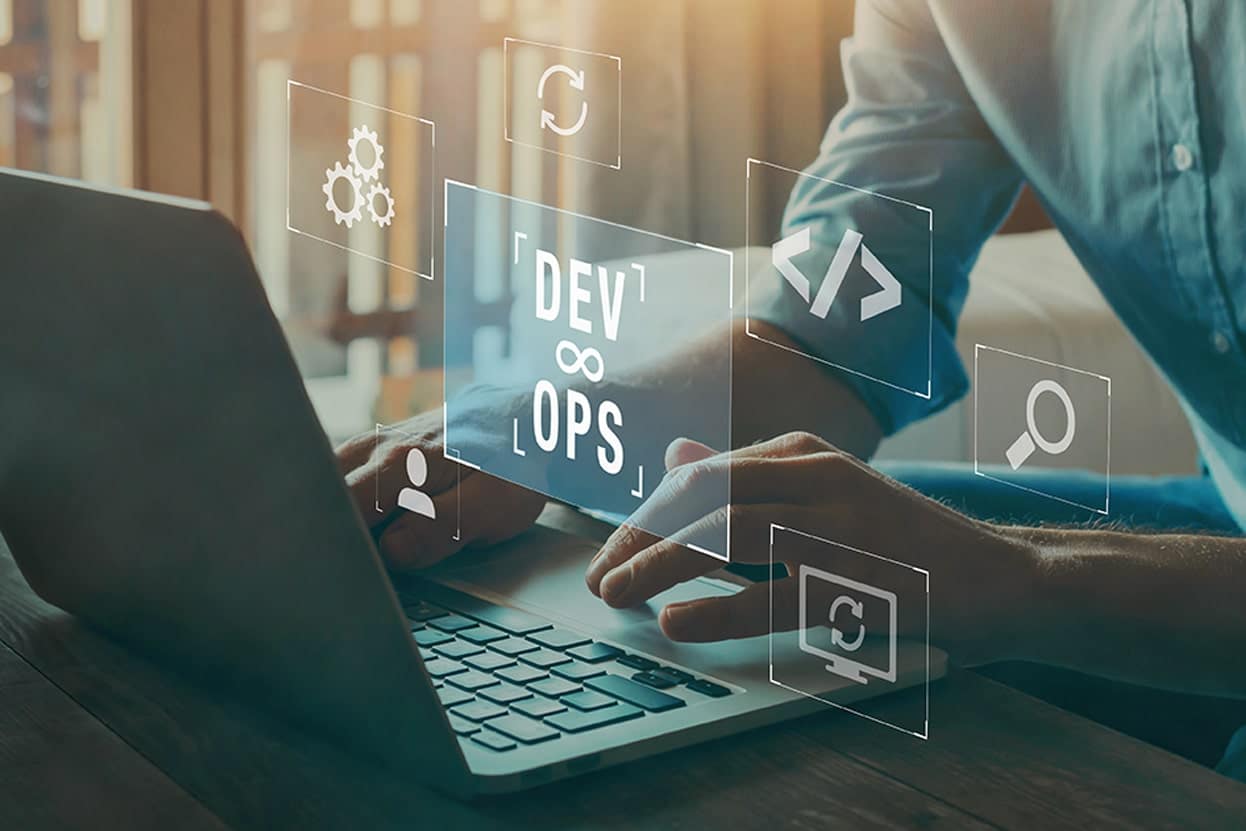It’s a big statement but we’ve been gearing up for this transition for some time now, when development and IT teams no longer operate as separate entities. We’re approaching an era where the two departments will merge into one, both working under the governance of a process-based platform that enforces key technical and business requirements across all stages of the delivery lifecycle – in a way that doesn’t currently exist.
But this is a big step and is likely to take far longer than one year to complete. that isn’t to say however that 2023 won’t be a milestone for the sector. When we ask, ‘what’s’ next on the list for DevOps?’, its convergence lies at the very top, followed by a series of trends that will fuel this transition.
There are four key trends that are worth narrowing in on, as they hold huge importance in the evolution of DevOps.
Farm from being a new concept, low code is helping to close the operations gap between developers and IT operations teams. by minimizing the amount of code that engineers have to write to create and deploy software, low code allows IT teams (who may not be as experienced in code) to contribute to the development of application functionality.
Furthermore, low code allows developers to play a more central role in writing configurations for software, thereby streamlining operations and reducing unnecessary risk as developers have full control over the configurations. Usually, IT operations would need to interpret the application based on the developer’s guidance and implement the configurations accordingly.
Naturally, where there are benefits, there are also challenges. For example, low code comes with the risk of undetected security vulnerabilities in preconfigured code modules, as well as potential performance limitations of the software.
Despite these challenges, we expect to see continued uptake of low-code solutions in the coming year, which will be paramount to the convergence of DevOps.
The container orchestration wars were ongoing for years until Kubernetes clinched victory, becoming the ‘go to’ for hosting containerized applications. As a result, in the world off migrating workloads, Kubernetes has become far more prevalent.
Its popularity amongst IT operators and developers stems from a number of sources. For developers, Kubernetes delivers a consistent, predictable way to run applications, meaning Dev teams need not worry about addressing as many variables and edge cases when writing code.
On the other side of the table, IT operators are given a systematic and reliable way of deploying applications at scale. Again, we see here how the two sides are converging because of this.
Previously, automation in the context of DevOps means automating software delivery processes, like Continuous Integration (CI) and Continuous Deployment (CD) of applications.
In the coming year, however, we should expect to see an automation evolution, whereby teams use the technology to extend other elements of IT management and operations. Businesses will be making heavier use of automated testing to ensure application quality, for instance, and security teams will adopt automation to help remediate risks.
Automation will help to bring even more velocity to both development and operation processes. Traditionally, workflows like software testing or security response could become bottlenecks for DevOps teams. By automating these processes as much as possible, businesses reduce friction and make DevOps even faster and more efficient.
Until recently, the level of artificial intelligence (AI) and machine learning (ML) uptake in DevOps has been fairly minimal. Vendors often promised that their AO-powered tools could do fantastic things, but in practice, those things often boiled down to functionality like relatively simplistic patterns or anomaly detection.
However, all this is changing now that AI-powered DevOps tools are capable of advanced functionality, like automatically rightsizing workload configurations or detecting security risks in complex access control settings.
By taking advantage of advancing AI and ML tools, Development and Operations teams can work together with greater efficiency because these tools address challenges that the two teams both tackle every day. The tools will also help all stakeholders in DevOps speak a common language and work towards common operations, security and compliance goals – steps that are essential for achieving the complete convergence of Dev and Ops.
If 2023 bears witness to these four trends, we’ll certainly start to see a DevOps evolution. It all starts with both teams working closely together and taking advantage of tools that are already on offer to them, including low code, automation, artificial intelligence and machine learning.
One thing for certain: DevOps is gradually transitioning from being a philosophy to a self-contained function, so the actual operations will align with the merging of its name.
Published: PCR-Online




